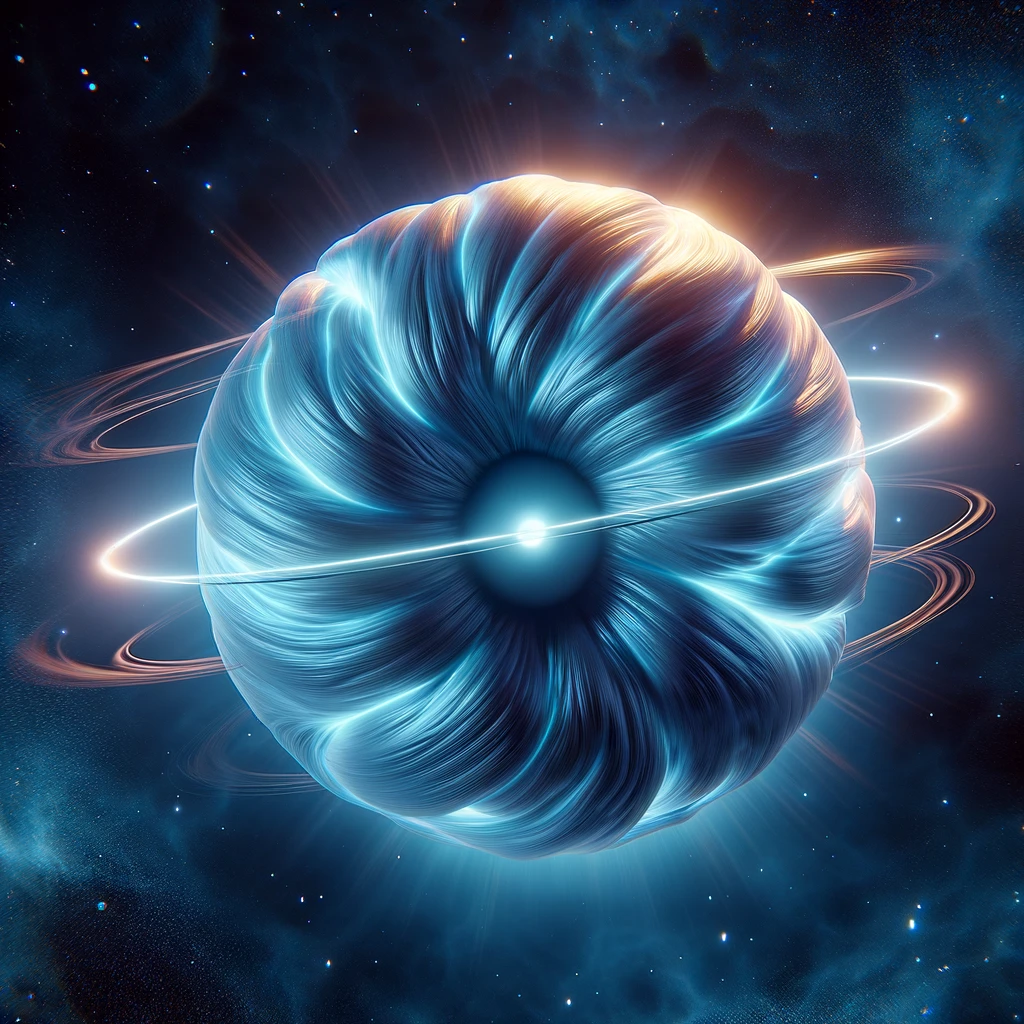Neutron Stars: The Dense Relics of Stellar Evolution
Neutron stars, the incredibly dense remnants left after a massive star exhausts its nuclear fuel and undergoes a supernova explosion, are some of the most intriguing objects in the cosmos. This post delves into the unique properties and astronomical significance of neutron stars.
Characteristics of Neutron Stars
- Density and Size: Despite their small diameter, about 20 kilometers across, neutron stars are incredibly dense, with masses often exceeding that of the Sun.
- Composition: Composed almost entirely of neutrons, packed so closely that a sugar-cube-sized amount of neutron star material would weigh about a billion tons on Earth.
- Rotation: Many neutron stars spin at incredibly high speeds, emitting beams of radiation detectable as pulsars.
Formation of Neutron Stars
- Supernova Remnants: They form when the core of a massive star collapses under gravity during a supernova.
- Gravitational Collapse: The collapse is so extreme that protons and electrons combine to form neutrons, resulting in a star made mostly of neutron matter.
Neutron Stars in Astrophysics
- Extreme Environments: They provide natural laboratories for studying the behavior of matter under extreme pressures and densities.
- Energy Emission: Emitting strong X-ray and gamma-ray radiation, neutron stars are key objects of study in high-energy astrophysics.
- Gravitational Waves: Collisions between neutron stars are sources of gravitational waves, helping astronomers explore these ripples in spacetime.
